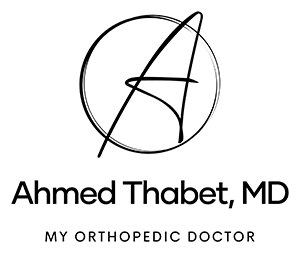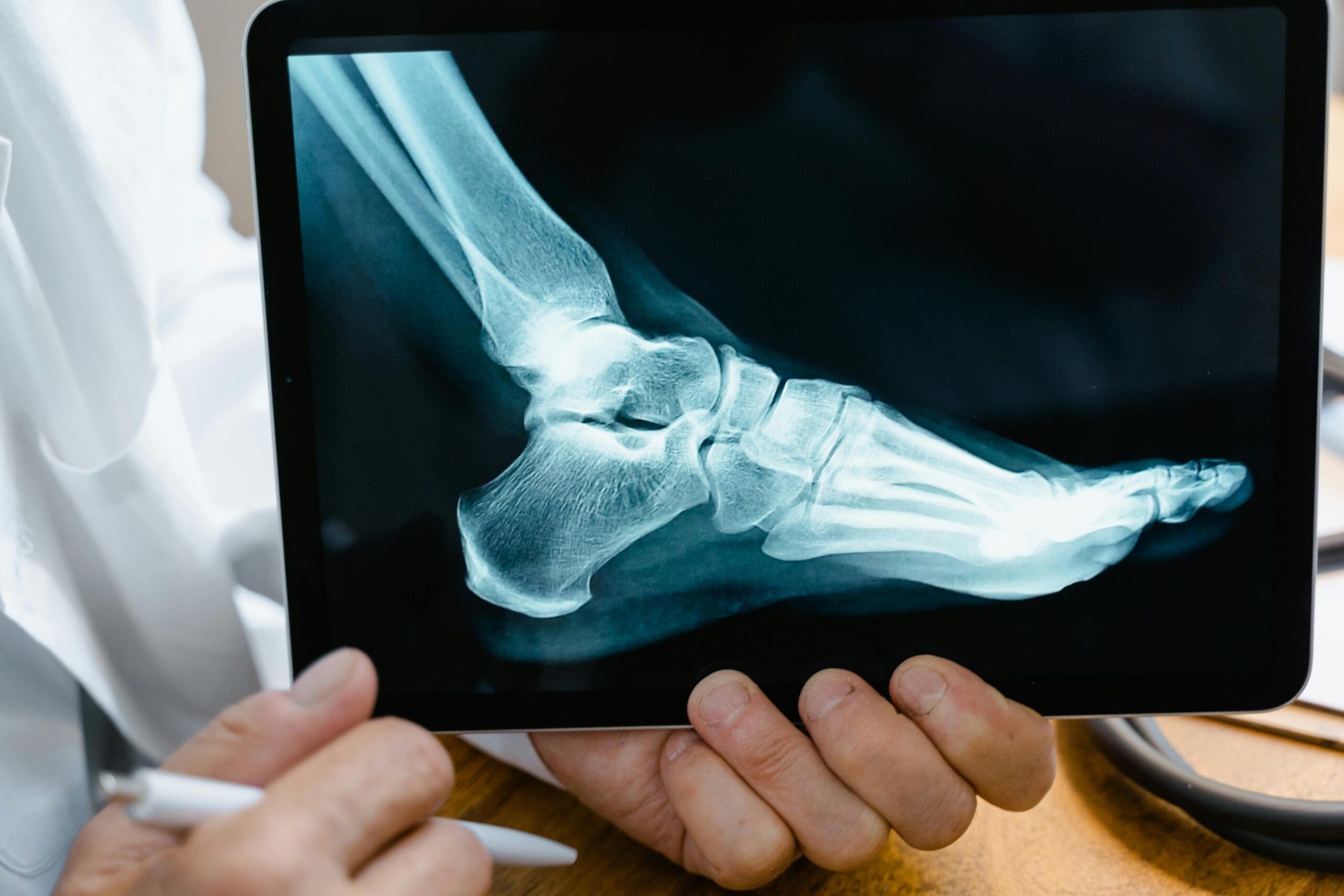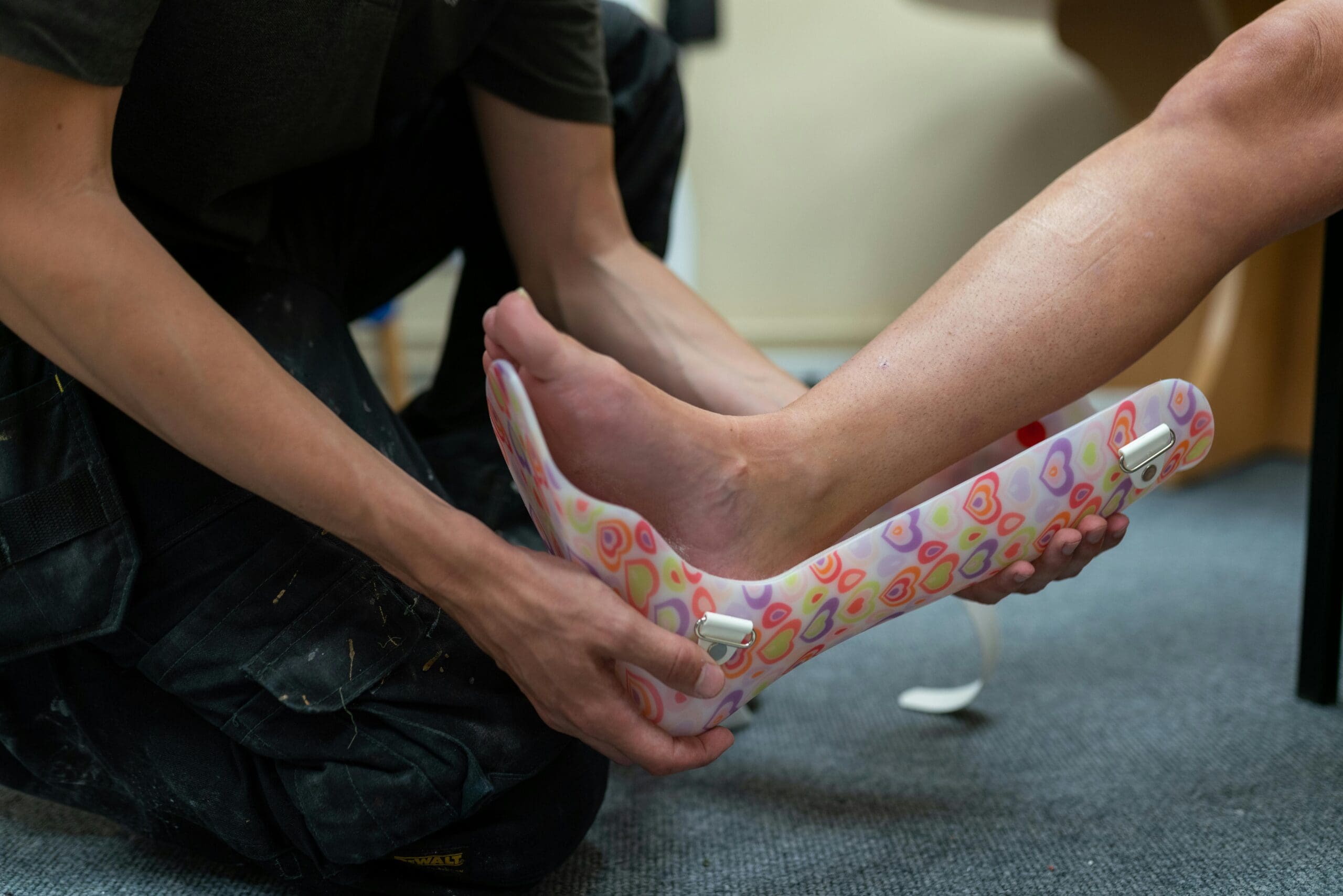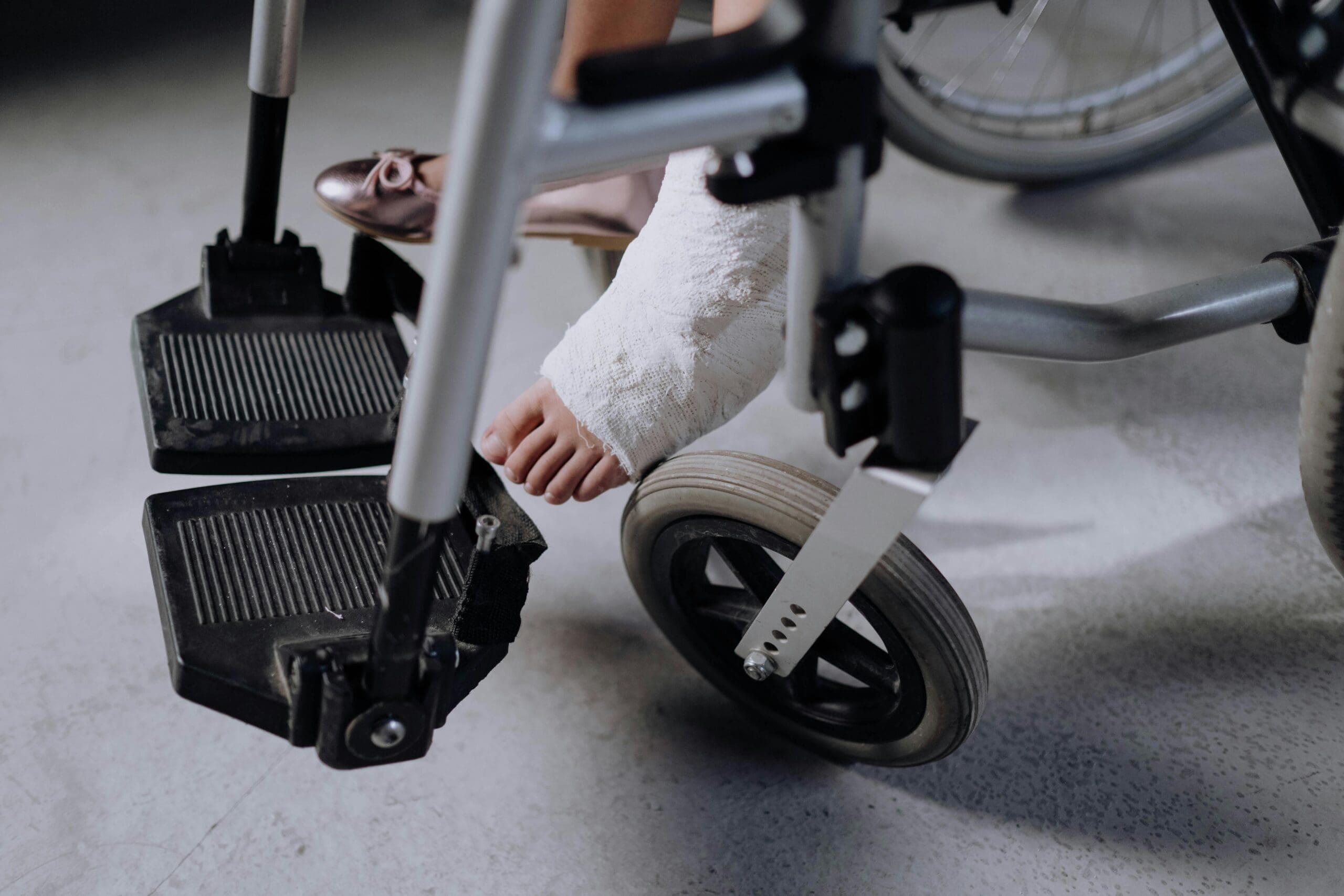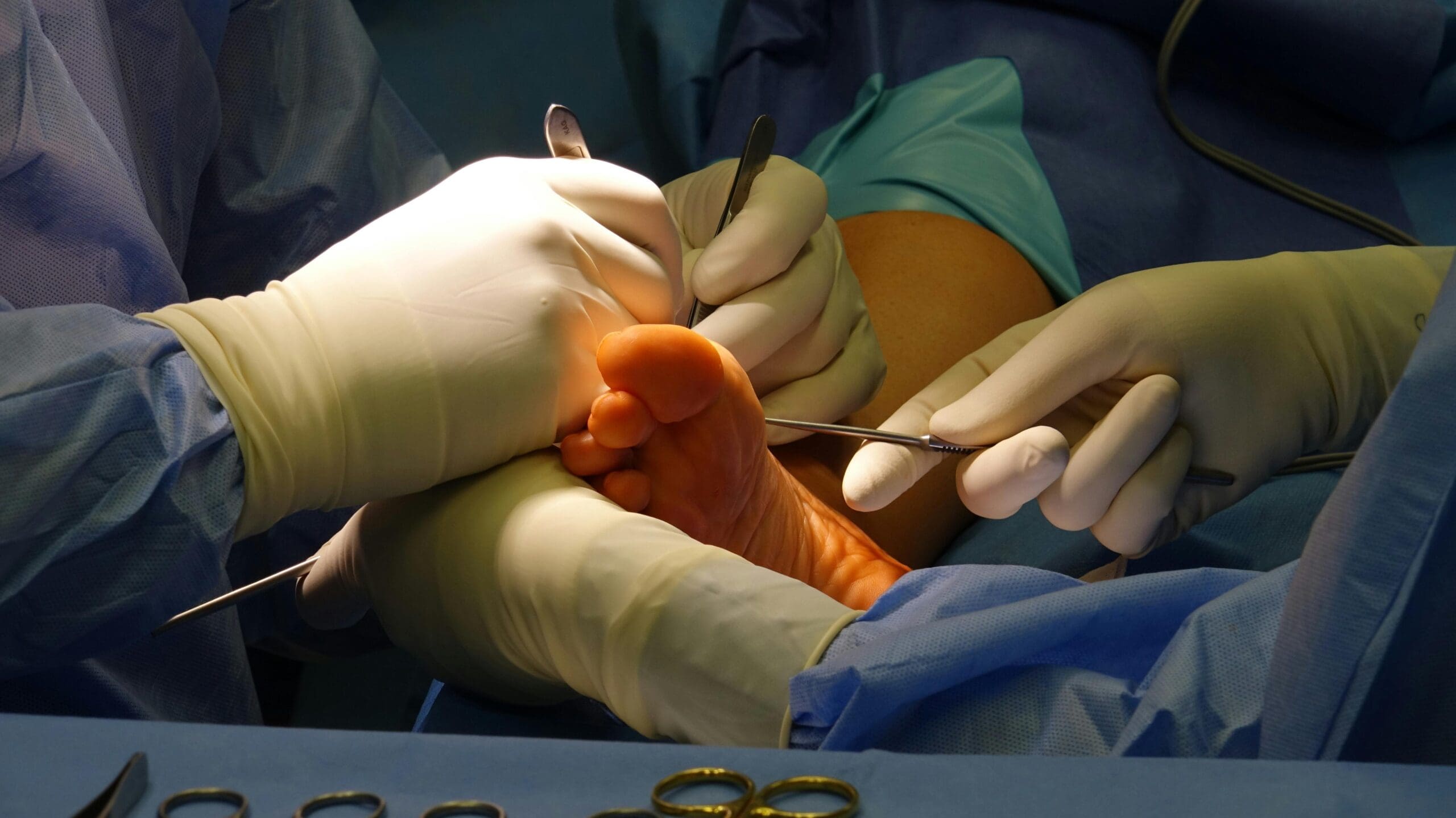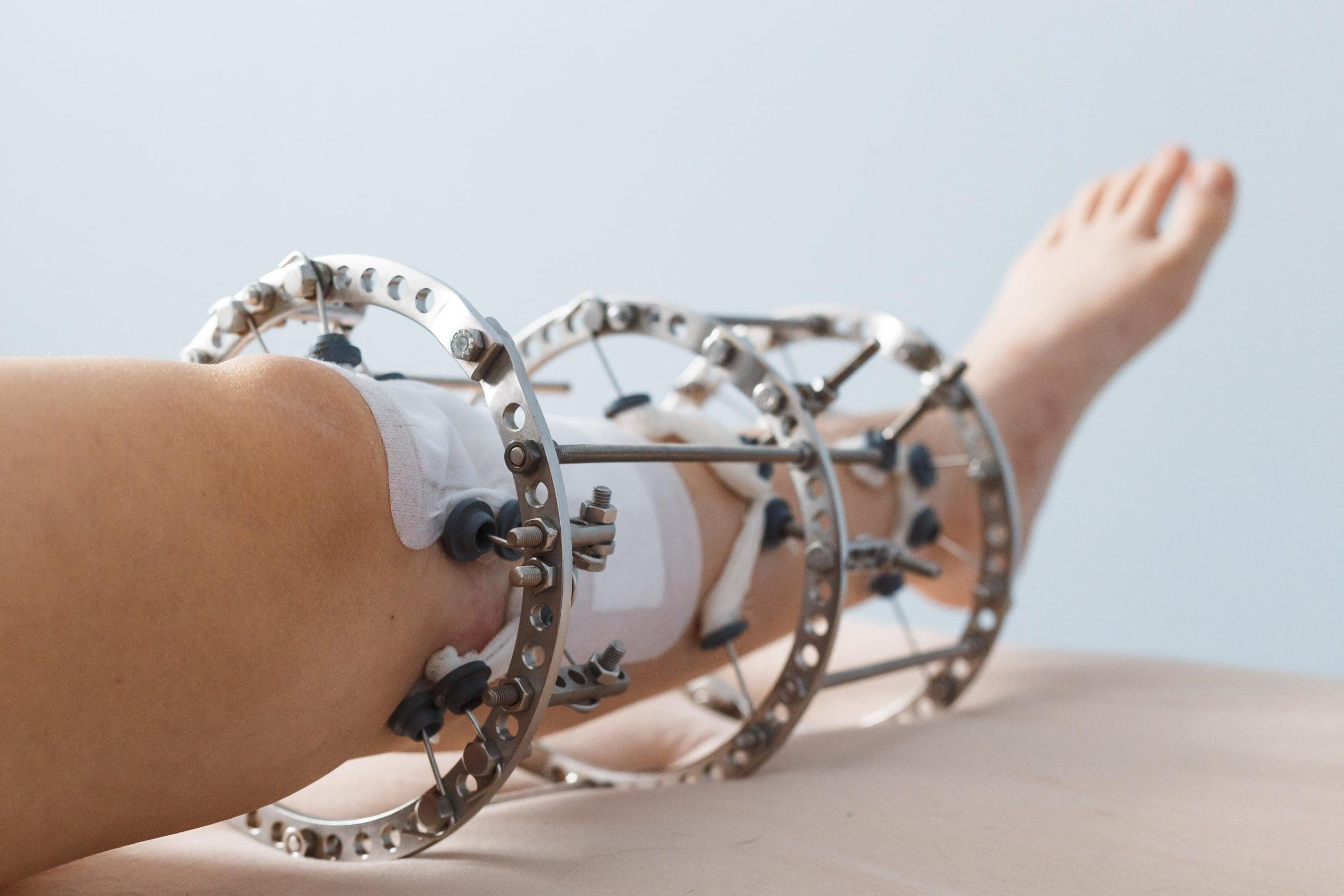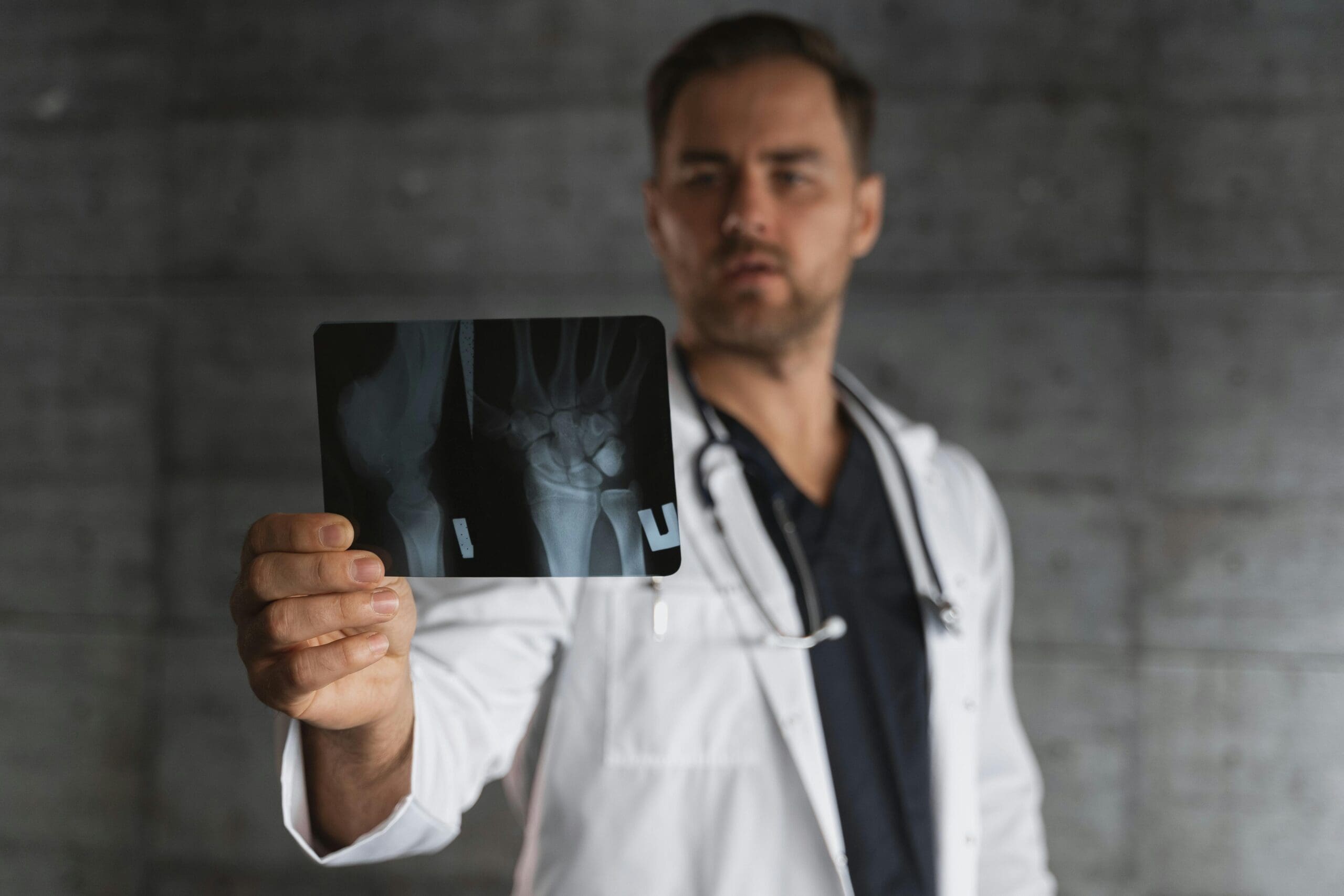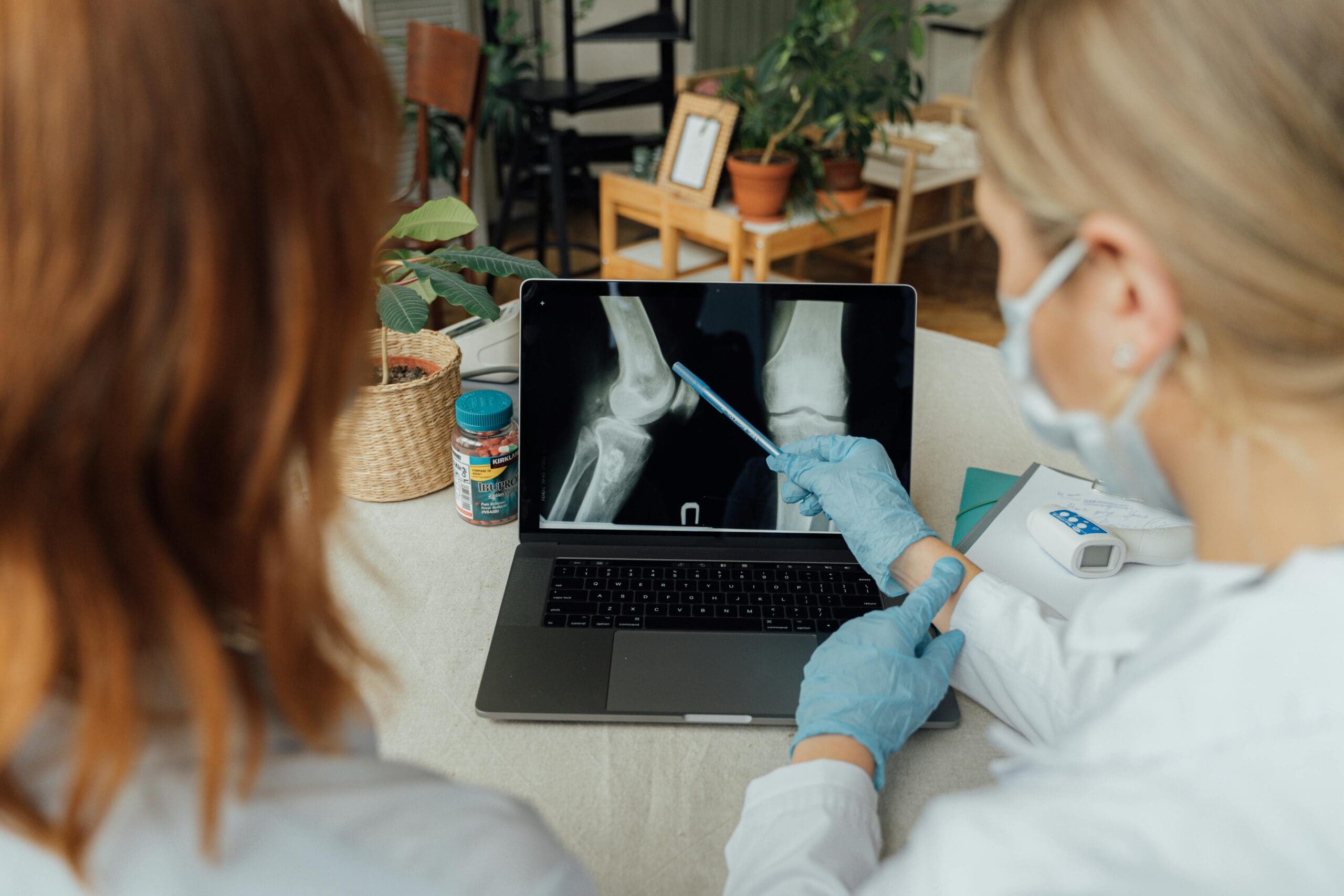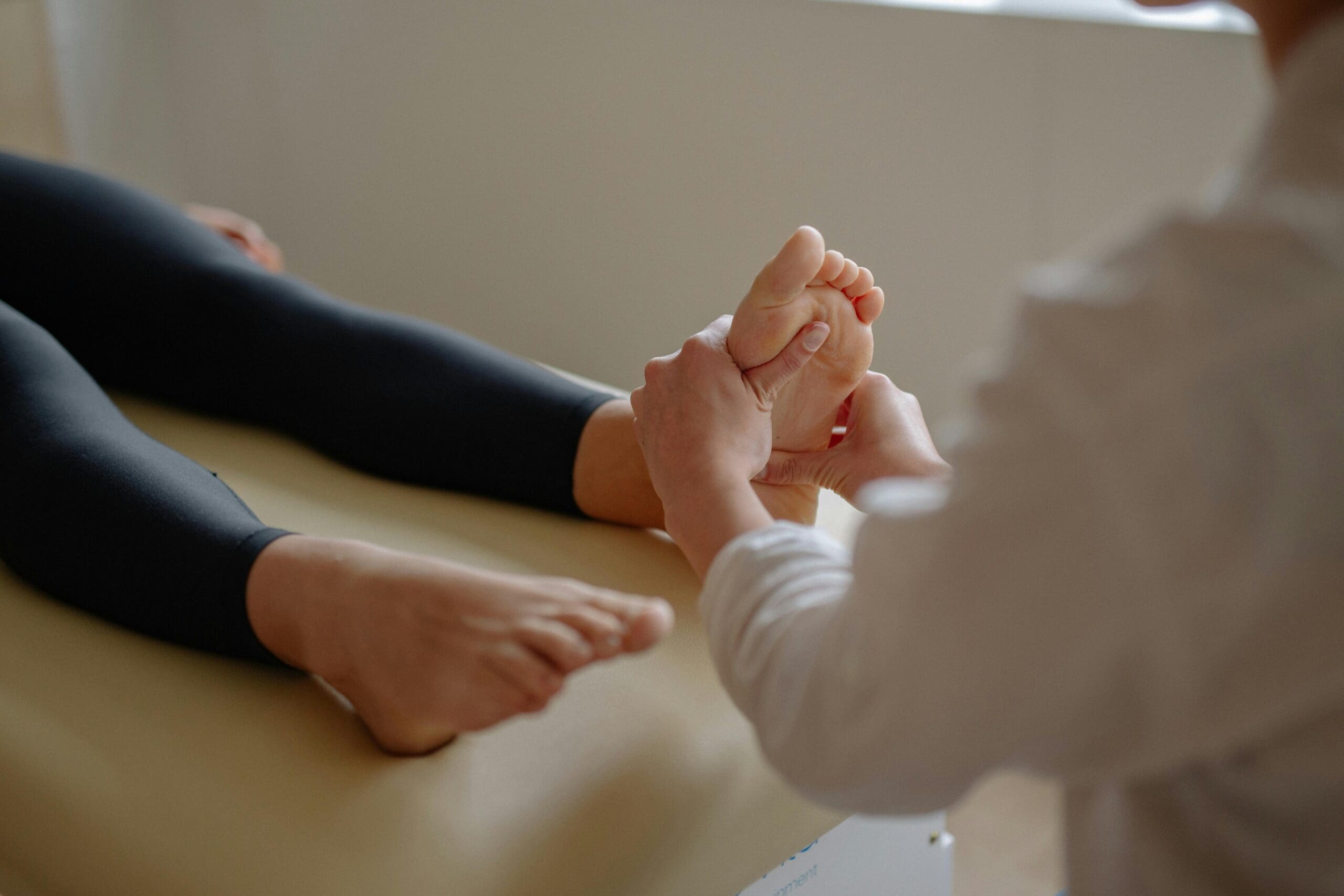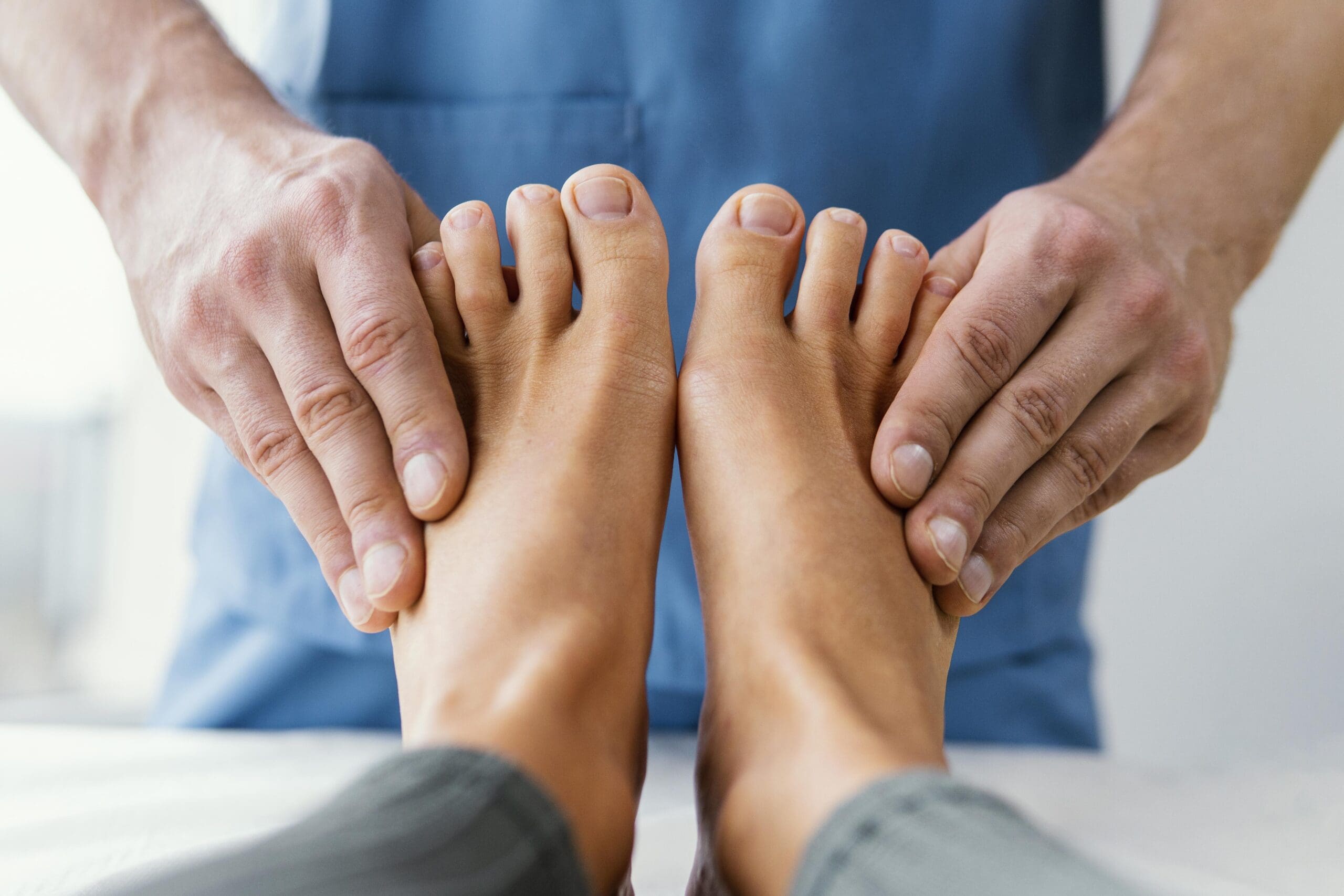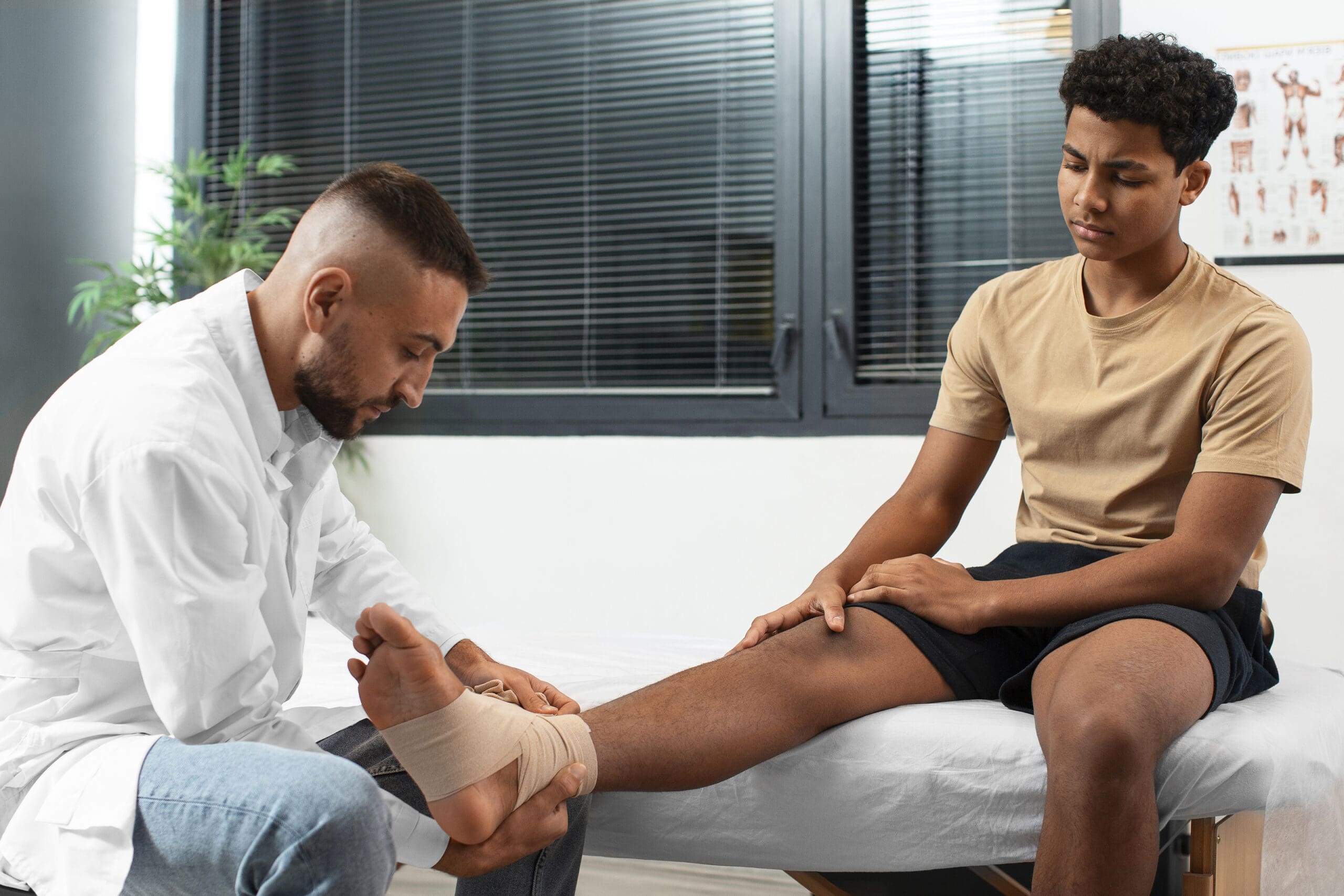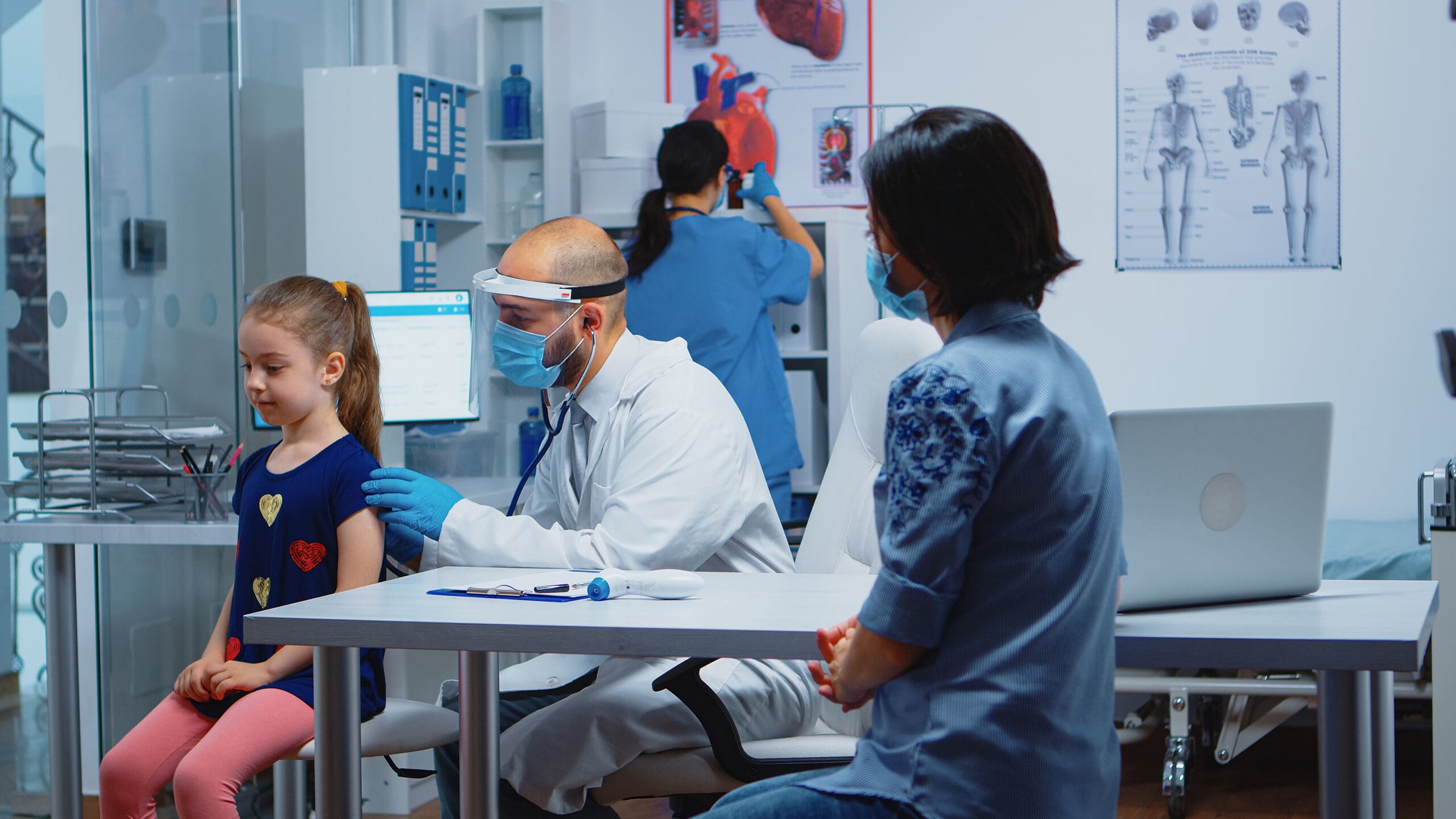Bone defects can develop after trauma, infection, surgery, or as a result of congenital conditions. These defects, gaps in the bone where tissue is missing, make healing difficult or impossible without specialized care.
Dr. Ahmed Thabet is a board-certified orthopedic surgeon with fellowship training in orthopedic trauma, pediatric orthopedics, and limb lengthening. He treats children and adults with complex bone loss using a range of advanced reconstruction techniques, including bone transport, internal and external devices, and custom surgical planning for long-term results.
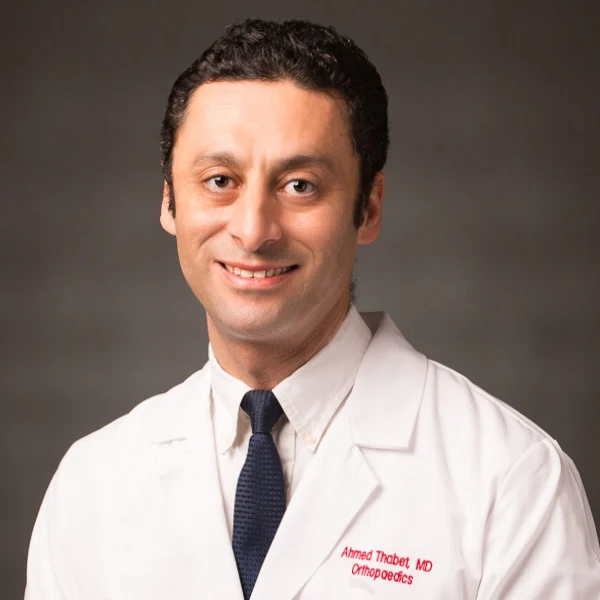
Dr. Ahmed Thabet Hagag sees patients in Angleton, TX and throughout the greater Houston area.
What Leads to Bone Defects?
Bone defects often result from underlying bone loss or injury. These structural gaps can be caused by a range of conditions, including:
- Severe fractures with bone fragmentation
- Chronic infection such as osteomyelitis
- Surgical removal of infected or damaged bone
- Tumor resection
- Congenital deficiencies or abnormal bone development
- Failed joint replacements or previous orthopedic surgeries
Why Bone Defects Are Challenging
Unlike a simple fracture, a bone defect lacks the structure needed for natural healing. Left untreated, these gaps can lead to chronic pain, instability, deformity, or loss of function. In severe cases, bone defects may threaten the viability of the entire limb.
Treatment Options
The treatment of bone defects continues to evolve over time. Dr. Thabet uses a wide range of surgical techniques to rebuild and restore bone, each chosen based on the type, patient and severity of the defect:
- Distraction osteogenesis (bone lengthening): This technique gradually pulls apart bone segments to stimulate new bone growth in the gap. It’s often used when a significant portion of bone is missing and may be performed using an internal device or an external fixator. The process typically involves three phases: latency, distraction, and consolidation. Learn more about bone and limb lengthening.
- The Ilizarov method and external fixation: This circular frame system with or without computer assisted techniques provides precise control over bone movement and alignment. A key part of this approach includes a corticotomy, a controlled cut in the bone to initiate regeneration. It’s particularly effective for treating large bone defects, infections, or deformities, and is one of the most versatile tools in complex reconstruction. Learn more about the Ilizarov technique.
- Internal lengthening nails: These are implanted inside the bone and gradually extend using magnetically controlled mechanisms to create space for new bone formation. Internal devices are placed entirely within the body and offer a precise, patient-friendly alternative to external fixators.
- Bone transport devices: These systems are used to slowly move a healthy segment of bone across a defect, encouraging natural regeneration in the gap behind it. Bone transport is particularly helpful for large defects or when bone grafting alone isn’t enough to achieve structural integrity. It’s a proven approach for complex trauma or post-infectious bone loss.
- Bone grafting: In some cases, the defect is filled using bone tissue harvested from another area of the body or synthetic materials. Grafting can provide structural support and help the body rebuild what was lost.
- 3D printed implants: Using customs implants built specifically for a particular patient using 3D printed technology.
Each treatment is tailored to the size and location of the defect, the health of surrounding tissue, and the patient’s goals for recovery.
Who We Help
We treat children, teens, and adults with:
- Nonunion or malunion fractures
- Bone loss following trauma or infection
- Complex limb deformities or shortening
- Congenital bone deficiencies
Dr. Thabet is a leader in limb reconstruction with advanced fellowship training in orthopedic trauma, pediatric orthopedics, and limb lengthening. He combines cutting-edge techniques with a personalized approach to help patients who have been told they are out of options.
Whether you are dealing with a long-standing bone defect or a recent injury, his experience with challenging cases makes him the specialist many families and physicians trust for second opinions and definitive care.
Dr. Thabet is also the author of a patient education article on bone defect reconstruction published by the Limb Lengthening and Reconstruction Society.
Explore Your Options for Bone Reconstruction
Bone defects can be physically and emotionally overwhelming, especially when previous treatments have failed. With advanced techniques and a personalized approach, Dr. Thabet helps patients regain mobility, stability, and confidence in their recovery.
FAQs
What is a bone defect?
A bone defect refers to a gap or void in the bone that prevents normal healing. It can result from trauma, infection, surgery, or congenital conditions, and often requires specialized techniques to restore stability and structure.
How are large bone defects treated?
Large bone defects may be treated with distraction osteogenesis, bone transport, grafting, or a combination of these methods. Dr. Thabet uses both internal and external devices, depending on the location and severity of the defect.
What is bone transport?
Bone transport is a technique where a healthy segment of bone is slowly moved across a gap to stimulate new bone growth behind it. It’s especially effective for treating large or infected bone defects without needing extensive grafting.
Can internal lengthening nails be used for bone defects?
Yes, in certain cases internal magnetic nails can gradually create space for new bone formation. These devices are implanted inside the bone and are a more discreet option than external fixators.
How do I find a bone defect specialist near me?
If you are looking for an orthopedic surgeon near you who specializes in bone defect treatment, Dr. Thabet sees patients in Angleton, TX and welcomes referrals from Houston, Galveston, League City, and nearby communities across Southeast Texas.
What is the recovery process like after bone defect reconstruction?
Recovery depends on the technique used, the size of the defect, and the patient’s overall health. Most cases require physical therapy, regular imaging, and close follow-up care over several months. Dr. Thabet’s team will guide you through each stage of healing.
